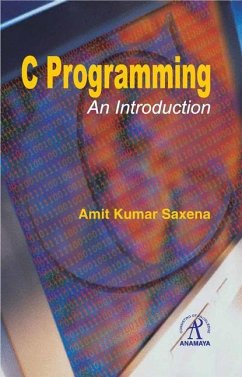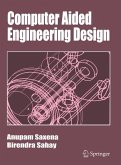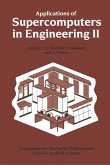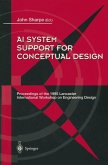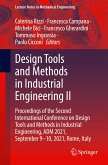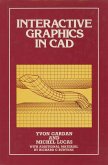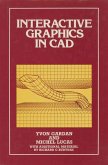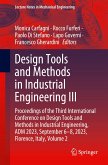A new discipline is said to attain maturity when the subject matter takes the shape of a textbook. Several textbooks later, the discipline tends to acquire a firm place in the curriculum for teaching and learning. Computer Aided Engineering Design (CAED), barely three decades old, is interdisciplinary in nature whose boundaries are still expanding. However, it draws its core strength from several acknowledged and diverse areas such as computer graphics, differential geometry, Boolean algebra, computational geometry, topological spaces, numerical analysis, mechanics of solids, engineering design and a few others. CAED also needs to show its strong linkages with Computer Aided Manufacturing (CAM). As is true with any growing discipline, the literature is widespread in research journals, edited books, and conference proceedings. Various textbooks have appeared with different biases, like geometric modeling, computer graphics, and CAD/CAM over the last decade. This book goes into mathematical foundations and the core subjects of CAED without allowing itself to be overshadowed by computer graphics. It is written in a logical and thorough manner for use mainly by senior and graduate level students as well as users and developers of CAD software. The book covers (a) The fundamental concepts of geometric modeling so that a real understanding of designing synthetic surfaces and solid modeling can be achieved. (b) A wide spectrum of CAED topics such as CAD of linkages and machine elements, finite element analysis, optimization. (c) Application of these methods to real world problems.
Bitte wählen Sie Ihr Anliegen aus.
Rechnungen
Retourenschein anfordern
Bestellstatus
Storno

